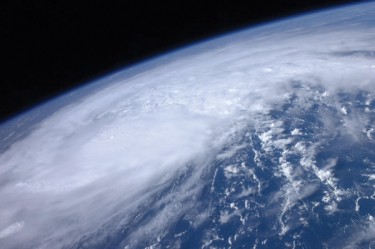
In May, the National Oceanic and Atmospheric Administration (NOAA) predicted an especially active hurricane season – June 1 through Nov. 30 – for the Atlantic basin. As the peak of the season approaches, 2011’s first hurricane is less than 400 miles away from Miami, and the importance of being prepared for such a disaster cannot be overlooked. As of Wednesday, Hurricane Irene is forecasted to simply bring heavy rain and winds to Coral Gables on Thursday afternoon. But what about prepping for the next two to five major hurricanes NOAA expects to develop before December? Here are a few tips of which the UM community should be mindful to prepare for the worst.
How to prepare for a hurricane:
Fill ‘er up
Clean the tub and fill it halfway.In case there is a water shortage, the bathtub water could be used for washing or flushing toilets.
Don’t save any for the fish
Keep several containers filled with water for drinking in case water supply is cut off after a major storm.
Get your snack on
Although on-campus food service will be open as long as possible during an emergency, make sure to have non-perishable food items stocked, as well as snack foods.
Don’t be afraid of the dark
In case of a power outage, do not use candles or other flammable lighting. Instead, buy a couple of flashlights and stock up on fresh batteries.
Fuel the fire
Fill a plastic gas tank with fuel before a hurricane. If a power failure occurs, gas pumps will not work to fill up your car.
Miami by the numbers:
60 percent chance of rain for Thursday afternoon when Hurricane Irene will be off the Florida coast in the Atlantic
40 miles per hour of sustained winds that, if reached, will result in metrorail closings. Because the UM community depends on such transportation to go to work or class, reaching that threshold may determine whether UM closes during a storm
2005 is the last time the University of Miami’s Coral Gables campus closed in response to a major hurricane (Wilma)
three to six potential major hurricanes that NOAA predicts for the 2011 hurricane season
111 miles per hour that a storm’s winds must hit to be categorized as a major hurricane
74 miles per hour that a tropical storm’s winds must hit to be categorized as a hurricane






